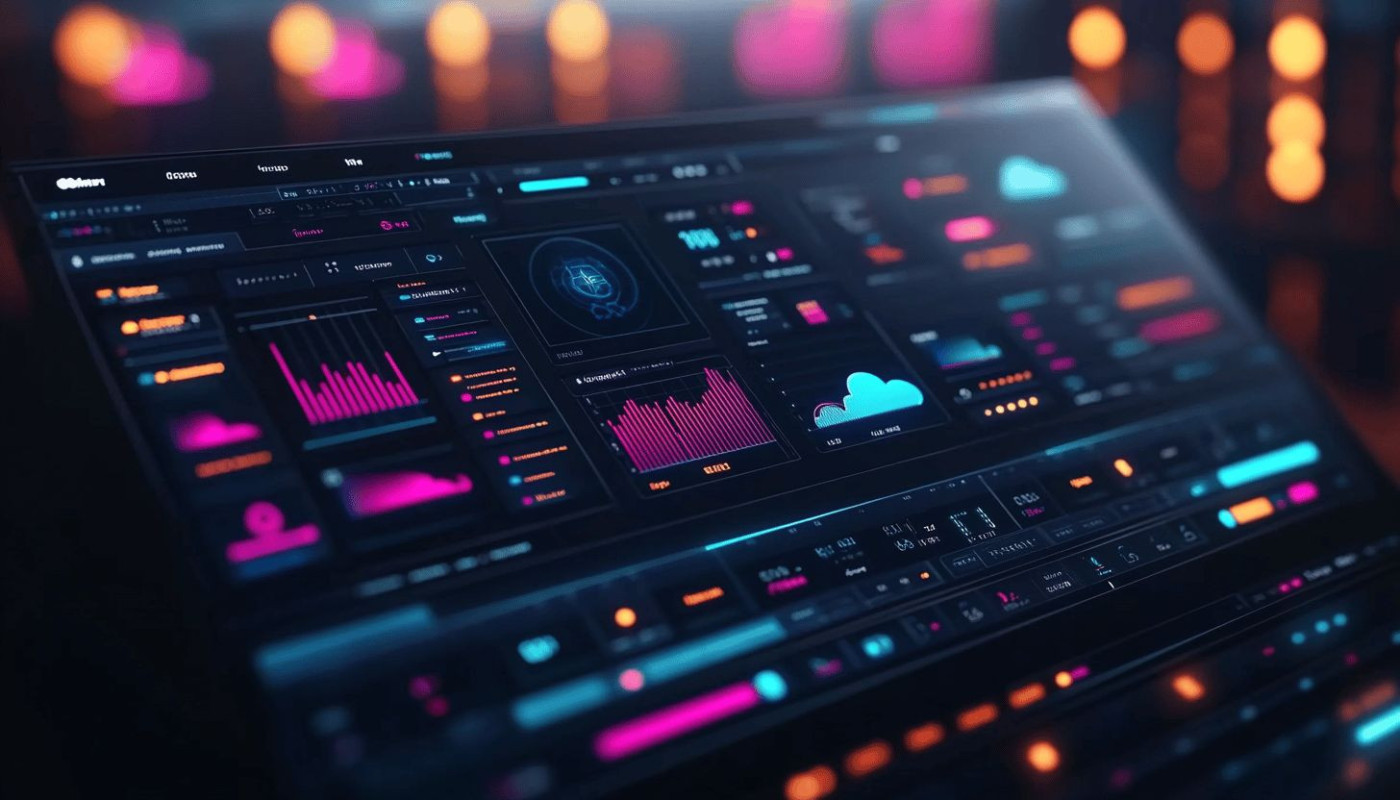Table of contents
The advent of generative AI has been a catalyst for profound transformation across various sectors, not least within the creative industries. This technology, with its ability to generate content at unprecedented speed and scale, brings both opportunities and challenges that merit in-depth exploration. Delve into the complexities and nuances of how generative AI is reshaping creativity as we know it and discover the potential it holds for revolutionizing artistic expression and production.
The Innovation of Generative AI
Generative AI represents a paradigm shift in the landscape of artificial intelligence, diverging significantly from traditional AI applications which typically focus on data analysis and pattern recognition. At the heart of generative AI lies neural networks, sophisticated algorithms that learn from large datasets to create new, original content. This innovation has profound implications for the creative industries, as it ushers in an era of artificial creativity previously unimaginable. Unlike conventional AI, generative AI is not just a tool for automation; it is a partner in the creative process, capable of producing novel ideas, styles, and art forms.
The potential of generative AI to revolutionize content generation is vast, as it can synthesize music, write screenplays, design graphics, and even create entirely new types of artistic expression. These advancements are not just iterative improvements but represent a fundamental change in how we conceive and execute the act of creation. As we continue to explore the capabilities and applications of generative AI, we must consider the nuanced relationship between human ingenuity and machine intelligence. For those interested in delving deeper into the transformative effects of generative AI within the creative sectors, you are invited to read more here.
Transforming Creative Roles
Generative AI is revolutionizing the landscape of creative industries by redefining the roles of artists, designers, and writers. This technology has catalyzed a shift from purely manual creation processes to a blended approach where human ingenuity meets algorithmic curation. In this new paradigm, dubbed 'collaborative creativity,' professionals are learning to harness AI as a partner in the creative process. Instead of traditional role definitions which centered around individual craftsmanship, we now observe a role transformation that integrates AI-assisted creation. This human-machine partnership leverages the strengths of both—the emotional and contextual intelligence of humans, combined with the speed and pattern recognition capabilities of AI. The fusion of these capabilities enables the generation of novel ideas and forms, pushing the boundaries of innovation within the creative domains.
Challenges and Ethical Considerations
As generative AI continues to evolve, it presents various challenges and ethical considerations that stakeholders in the creative industries must confront. Among these are pressing issues related to AI ethics, including the thorny questions of creative authorship and originality in AI-generated content. Who holds the rights to a piece of art or music created by an AI? The lines blur between the programmer, the AI, and potentially the user who prompts the AI. This ambiguity has sparked a debate about intellectual property rights in the era of machine creativity.
The need for generative AI regulation is becoming increasingly evident, as current copyright law struggles to accommodate the complexities introduced by AI systems. Without clear guidelines, creators and companies risk navigating a legal minefield that could stifle innovation and fair use of AI technologies. It is imperative that ethicists and legal professionals with expertise in technology and intellectual property weigh in on these matters to help shape a framework that recognizes and protects human ingenuity while encouraging the beneficial use of AI.
Generative AI's Impact on Production and Consumption
The advent of generative AI is revolutionizing content production and altering the landscape of media consumption. With the ability to swiftly generate vast quantities of AI-generated content, the creative economy is experiencing an unprecedented surge in the availability of digital works. This technology, powered by demand-driven algorithms, is not just accelerating the creative process but is also reshaping consumer expectations. Audiences now anticipate a constant stream of innovative and personalized content, tailored to their preferences. This shift has significant implications for producers who must adapt to this new, fast-paced environment to satisfy the evolving demands of the market. Consequently, the integration of generative AI into creative industries is forging a new paradigm where the lines between production and consumption blur, heralding a transformative era for creators and consumers alike.
Preparing for a Generative AI Future
As generative AI becomes more prevalent in the creative industries, professionals within this realm must adopt adaptation strategies to stay relevant and competitive. The imperative for creative upskilling has never been greater; it involves not merely acquiring new tools, but also redefining the scope of existing skill sets to work synergistically with AI advancements. Embrace technology should be the mantra for every creative individual seeking to thrive in this evolving landscape. By doing so, professionals will find that they can enhance their productivity and expand their creative horizons.
To navigate the future of creativity, fostering innovative thinking is paramount. This means staying informed about AI trends and understanding how they can serve as a complement to human creativity, rather than a replacement. Skill augmentation is a technical term for this approach—it implies that AI can enhance human skills, not just automate tasks. By integrating AI into their workflow, creatives can unlock new possibilities and push the boundaries of traditional methodologies. For the creative industries, the journey ahead is one of transformation and opportunity, powered by the symbiotic relationship between human ingenuity and artificial intelligence.
Similar articles

Streamlining Your Business Operations With Efficient Kubernetes Upgrade Deployments

How Regular Updates Boost Cloud App Scalability?

Exploring Effective Alternatives To Popular Fundraising Platforms

How Automated Patch Management Streamlines Linux Server Updates

Maximizing Efficiency In Cryptocurrency Mining: The Latest Software Innovations

AI Image Generators: The New Essential Tools For Digital Content Creators

Exploring The Feasibility And Efficiency Of Browser-Based Bitcoin Mining

How to Enhance Customer Engagement with AI Chatbots

